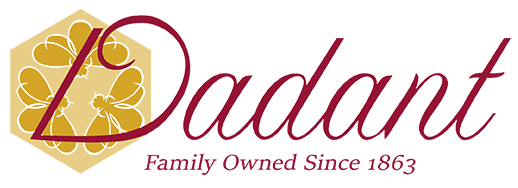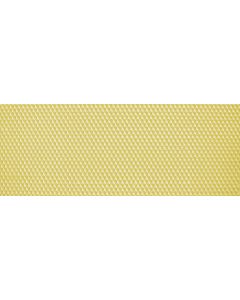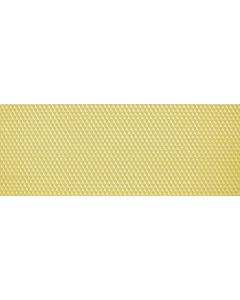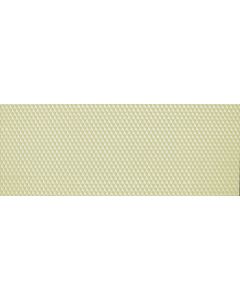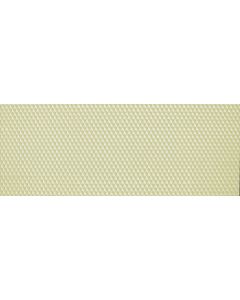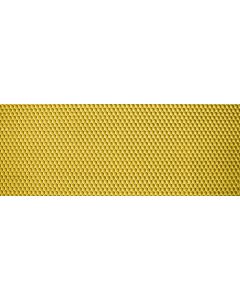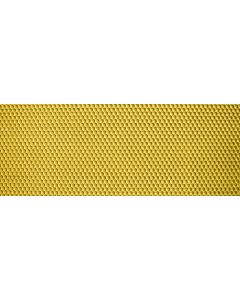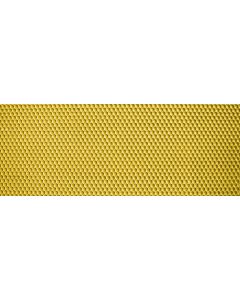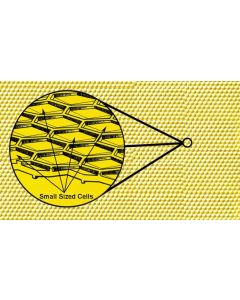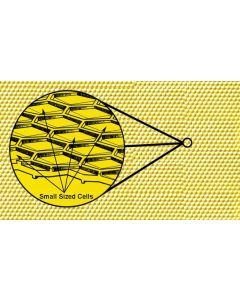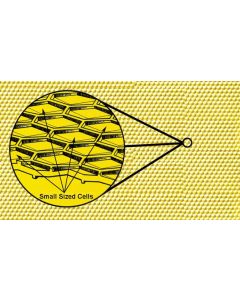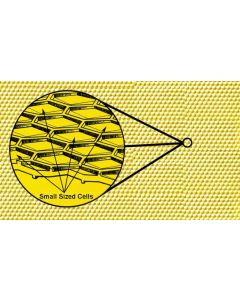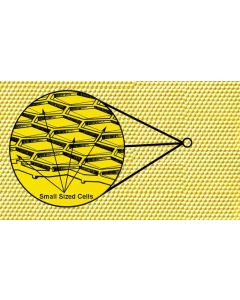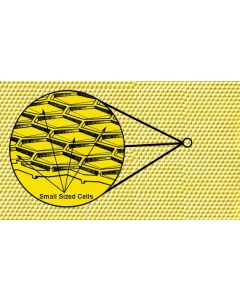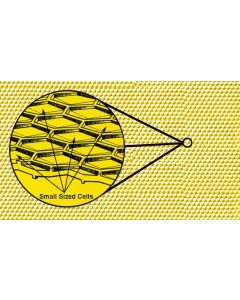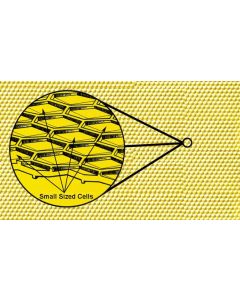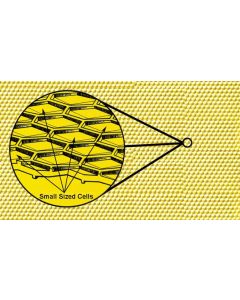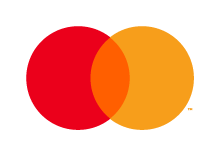Foundation
Choosing a Hive Foundation
With Langstroth’s invention of movable frames, beekeepers have much easier access to beeswax and honey, thus making harvest and hive inspections easier. Raising a colony may also be easier if you decide to use premade hive foundations.
However, choosing one can be daunting, especially when there are many configurations available with different frames, and some that you can’t use. A lot of beekeeping practices are situational, and individual beekeepers may have contradicting opinions.
Keep this in mind: it simply depends. No matter what choice you make, your bees will likely be just fine.
Purpose of Foundations
A hive foundation gives honey bees a headstart for creating beeswax, which quickens beeswax production. Honey bees draw out the starter sheet to about an inch in length for honey and pollen storage as well as an area for the queen to lay eggs.
Beekeepers have traditionally used foundations made of 100% pure beeswax and are available with and without crimped wire to reinforce the structure. Recently, plastic has become more popular because installation is easier compared to beeswax, which are more fragile. Plastic foundations work best with wooden grooved top bar frames.
Beekeepers take frames from the honey supers and extract honey for the consumer, as well as cut honey comb for consumption. After extracting honey, frames can be placed in the super for the honey bees to store honey again, starting the cycle anew.
Dadant offers different structures for foundations, including cut comb, crimp wire, plasticell and medium brood for deep, medium and shallow boxes. Choosing one depends on personal preference and your hive’s own needs. Note that wax cannot be used with plastic frames.
Types of Foundations
Crimp Wire: Dadant & Sons was the first company to conceptualize crimp wire foundations. These are reinforced with crimp wires vertically through the foundation, with a wired long hook at the end to make installation easier. Use this one with a wedge top bar only and grooved or slotted bottom bar. Available for deep, medium and shallow frames.
Medium Brood: Medium brood foundations are made of 100% pure beeswax. Use this one with a wedge top bar. This one is available for deep, medium and shallow frames.
Plasticell: Plasticell foundations are made of plastic and available plain or coated in beeswax. Made with precise, deep cell walls, bees can easily start drawing out the cells. These became popular in recent years because they’re faster to install, which saves time overall when building your hive. Black Plasticell foundations are highly recommended because they offer contrast to bee eggs,which make them easier to spot in cells. This one is available for deep, medium and shallow frames. We recommend using either wedge or grooved top bar frames.
Cut Comb: Cut comb is made of 100% beeswax. Compared to thin surplus foundations, these are slightly heavier to make them easier to handle. We recommend using wedge top bar frames with cut comb foundation. This one is available for medium and shallow frames.
Foundationless Combs: Going without a foundation is also an option, and popular among natural beekeepers. Bees naturally make combs in hives, anyways. However, this practice will require close supervision. If bees make comb outside of frames, you may need to cut it off which means you might end up sacrificing some brood as well. If you decide to go this route, we recommend starting with a small piece of comb so bees know the direction to create their own foundation.
The Bottom Line
Remember: most beekeeping practices are situational. What you choose may depend on the time in your day you allocate to take care of the hive, what works in your local area, what your local beekeeping community may recommend, and your own preferences.
